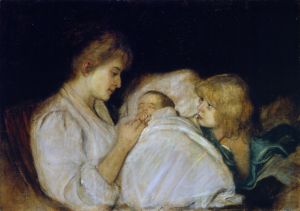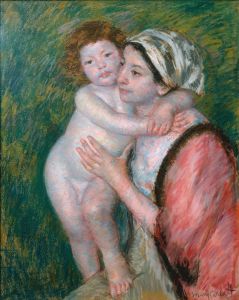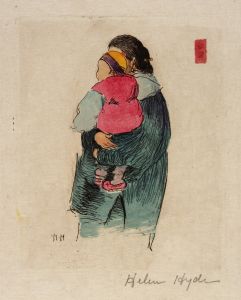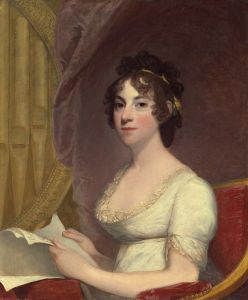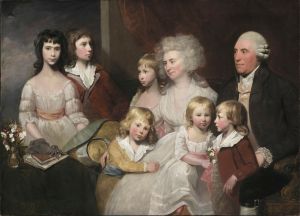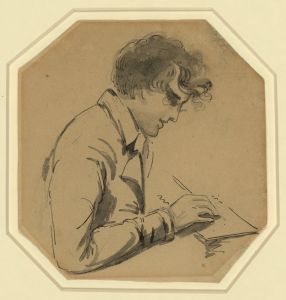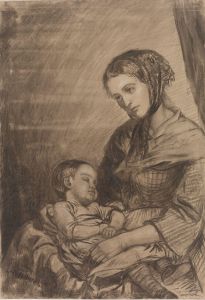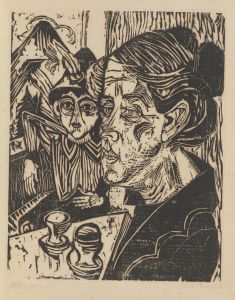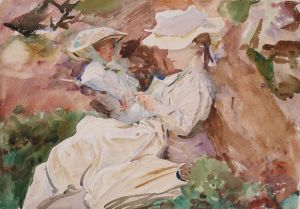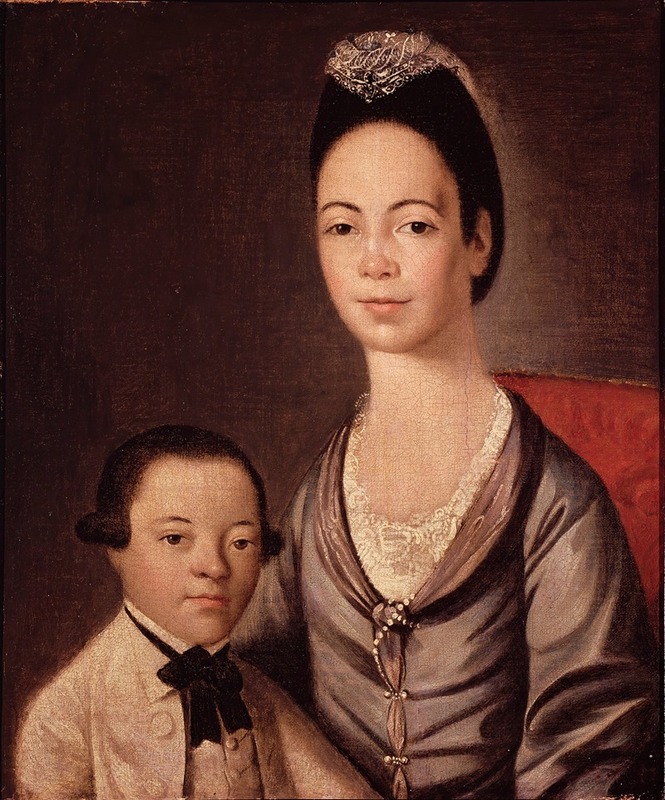
Mrs. Aaron Lopez and Her Son Joshua
A hand-painted replica of Gilbert Stuart’s masterpiece Mrs. Aaron Lopez and Her Son Joshua, meticulously crafted by professional artists to capture the true essence of the original. Each piece is created with museum-quality canvas and rare mineral pigments, carefully painted by experienced artists with delicate brushstrokes and rich, layered colors to perfectly recreate the texture of the original artwork. Unlike machine-printed reproductions, this hand-painted version brings the painting to life, infused with the artist’s emotions and skill in every stroke. Whether for personal collection or home decoration, it instantly elevates the artistic atmosphere of any space.
"Mrs. Aaron Lopez and Her Son Joshua" is a painting by the American artist Gilbert Stuart, renowned for his portraits of prominent figures in the late 18th and early 19th centuries. This artwork is believed to have been created around 1802, during Stuart's prolific career as a portraitist. The painting depicts Mrs. Aaron Lopez, whose given name was Abigail, and her son Joshua. They were members of the Lopez family, a prominent Jewish family in colonial America.
Aaron Lopez, Abigail's husband, was a successful merchant and philanthropist based in Newport, Rhode Island. He was a significant figure in the colonial economy, particularly in the shipping and trade industries. The Lopez family was part of the Sephardic Jewish community that had settled in Newport, contributing to the cultural and economic life of the region. However, Aaron Lopez passed away in 1782, years before this portrait was painted.
Gilbert Stuart's work is characterized by its attention to detail and ability to capture the personality and status of his subjects. In this painting, Stuart portrays Mrs. Lopez and her son with a sense of dignity and refinement, reflecting their social standing. The composition and style are typical of Stuart's approach to portraiture, emphasizing naturalism and subtle use of color.
The painting is significant not only as an example of Stuart's artistry but also as a representation of the Jewish-American experience in the early United States. It provides a glimpse into the lives of a family that played a notable role in the economic and cultural development of colonial America.
The current location of the painting is not widely documented, and further details about its provenance remain unclear.





